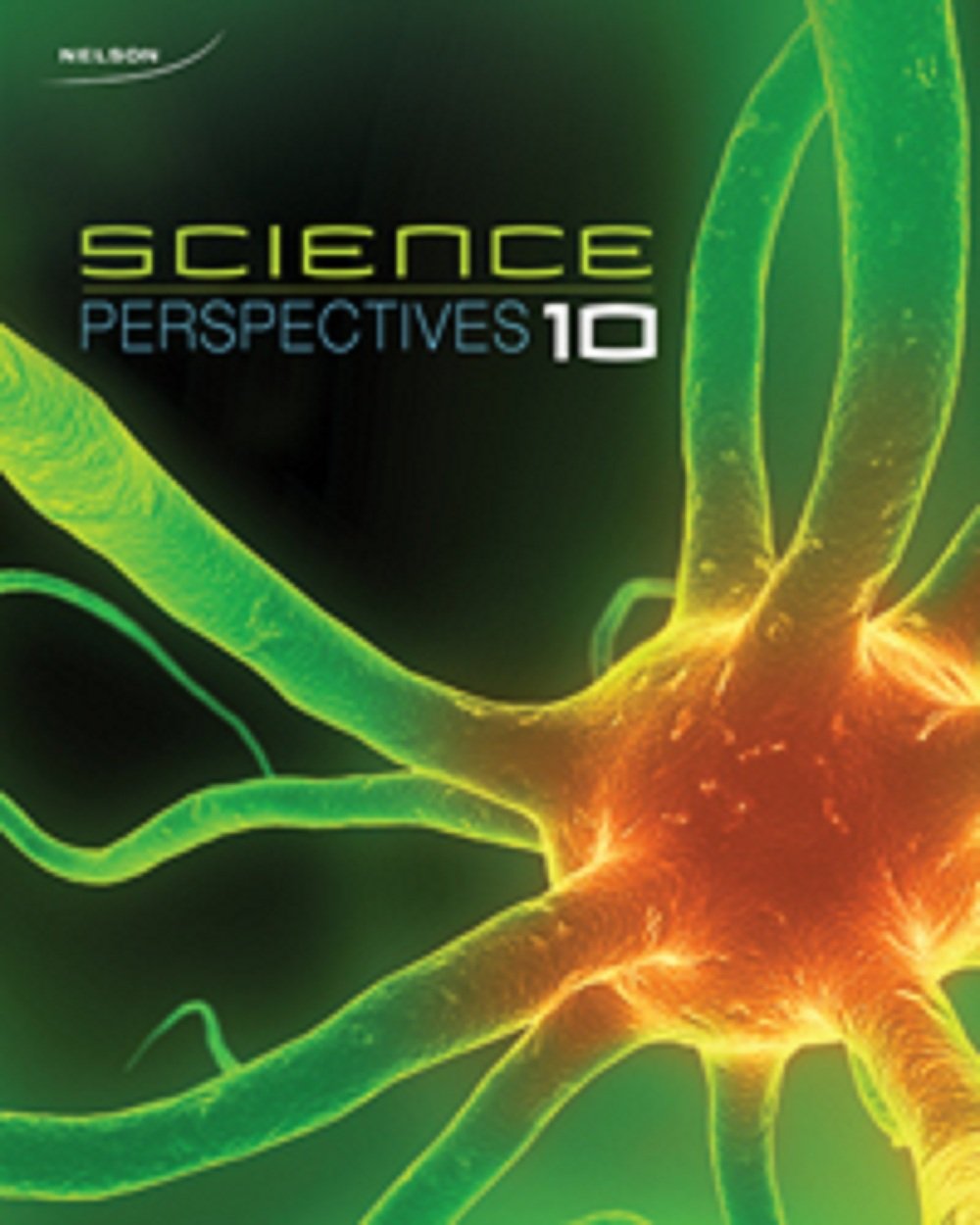
All Solutions
Section 5-7: Names and Formulas of Ionic Compounds
CaF$_2$ is calcium fluoride.
K$_2$S is potassium sulfide.
Al$_2$O$_3$ is aluminum oxide.
LiBr is lithium bromide.
Ca$_3$P$_2$ is calcium phosphide.
b. Potassium sulfide.
c. Aluminum oxide.
d. Lithium bromide.
e. Calcium phosphide.
The ionic charge on K ion is $+1$ while that on Br ion is $-1$, therefore the compound potassium bromide is KBr.
The ionic charge on Ca ion is $+2$ while that on O ion is $-2$, therefore the compound calcium oxide is CaO.
The ionic charge on Na ion is $+1$ while that on S ion is $-2$. This implies that 2 sodium atoms will need to lose each of their valence electrons to 1 atom of sulfur to form the compound, therefore the compound sodium sulfide is Na$_2$S.
b. CaO.
c. Na$_2$S.
Copper(II) bromide – CuBr$_2$.
The ionic charge on calcium ion is $+2$ while that on chlorine ion is $-1$. This implies that 2 chloride atoms will be needed to gain electrons lost from 1 calcium atom to form the compound, therefore the compound calcium chloride is CaCl$_2$.
The ionic charge on aluminum ion is $+3$ while that on bromide ion is $-1$. This implies that 3 bromine atoms will be needed to gain electrons lost from 1 aluminum atom to form the compound, therefore the compound aluminum bromide is AlBr$_3$.
The ionic charge on magnesium ion is $+2$ while that on sulfide ion is $-2$, therefore the compound magnesium sulfide is MgS.
The ionic charge on lithium ion is $+1$ while that on nitride ion is $-3$. This implies that 3 lithium atoms will need to lose each of their valence electrons to 1 atom of nitrogen to form the compound, therefore the compound lithium nitride is Li$_3$N.
The ionic charge on calcium ion is $+2$ while that on nitride ion is $-3$. This implies that 3 calcium atoms will lose $3times2=6$ of their valence electrons to $dfrac{6}{3}=2$ atoms of nitrogen to form the compound, therefore the compound calcium nitride is Ca$_3$N$_2$.
b. AlBr$_3$.
c. Mg$_2$S.
d. Li$_3$N.
e. Ca$_3$N$_2$.

